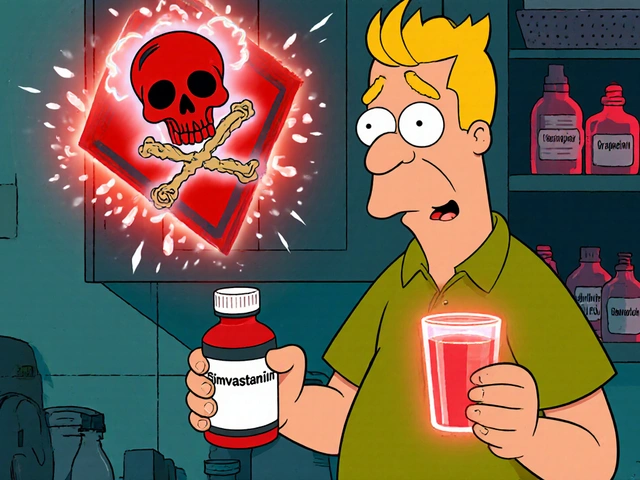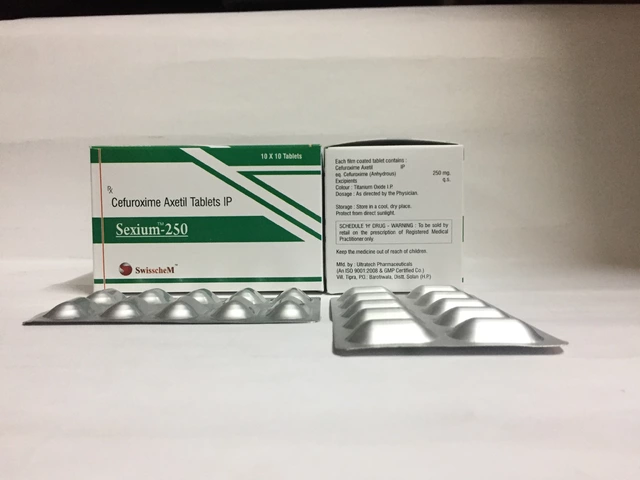Sun Exposure: What It Does for Your Body and How to Keep It Safe
We all love a sunny day, but sunshine does more than just make us feel good. It creates vitamin D, lifts mood, and helps some skin conditions. At the same time, too much UV light can burn your skin, speed up aging, and raise cancer risk. Knowing where the line is makes it easier to enjoy the outdoors without paying a price later.
Why Sunlight Is Good for You
The biggest win from sun exposure is vitamin D. Your skin turns sunlight into this hormone in minutes, and you need it for strong bones, immune health, and even mood regulation. People who spend a little time outside each day often report fewer winter blues.
Sunlight also helps certain skin disorders. Doctors sometimes prescribe controlled UV therapy for psoriasis or eczema because the light can slow down abnormal cell growth. If you’re on medication that makes you extra sensitive to light, such as some antibiotics or retinoids like Retin A, talk to your doctor about safe exposure limits.
When Sunlight Becomes Dangerous
UV rays are the main culprits behind sunburns and long‑term skin damage. A single burn can damage DNA in skin cells, which builds up over years and leads to wrinkles or skin cancer. The risk grows for fair‑skinned people, those with a family history of melanoma, and anyone who spends hours outdoors without protection.
Some medicines increase photosensitivity, meaning your skin reacts more strongly to UV light. Common culprits include certain acne treatments, antibiotics like doxycycline, and even some antihistamines. If you’re taking one of these drugs, a short walk in the midday sun could feel like a burn.
A practical rule is to avoid peak UV hours—roughly 10 am to 4 pm—when the sun’s rays are strongest. If you have to be out during that window, cover up with long sleeves, a wide‑brim hat, and sunscreen.
Choosing the right sunscreen matters too. Look for “broad spectrum” on the label; it blocks both UVA (aging) and UVB (burning). An SPF of 30 is enough for most people, but if you’re very fair or plan a long beach day, go higher.
Reapply every two hours, especially after swimming or sweating. A quick swipe on your face, arms, and any exposed skin can keep protection active.
Finally, don’t forget sunglasses. UV rays damage eyes just as they harm skin. A pair with 100% UV blockage protects the cornea and reduces cataract risk.
Balancing sun exposure is simple: aim for a short daily walk outdoors, protect skin when you’re out longer, and check if any meds you take make you more photosensitive. With these habits, you get the vitamin D boost without the burn.


